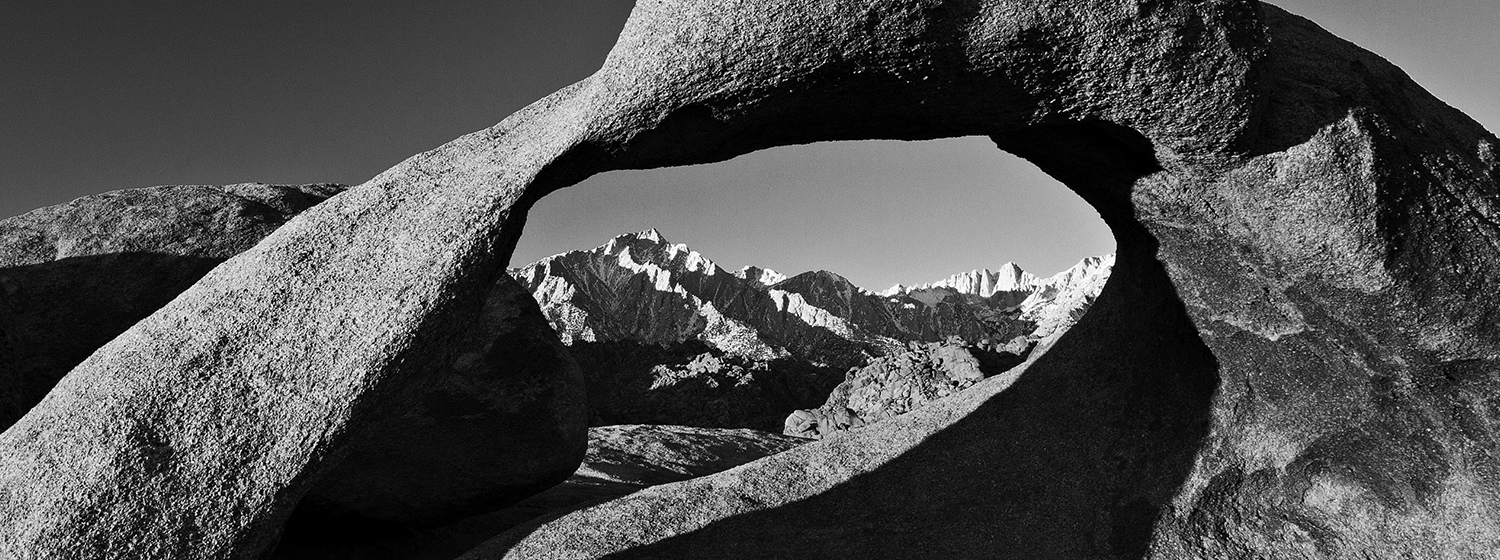Several years ago, in a brief fit of madness, I asked my barber to give me a different haircut and change my hair color while he was at it. I wanted to try something daring and edgy. The result was laughable. I looked like an Elvis Presley impersonator. It was unnatural. People I knew didn’t recognize me. My wife thought I was having a midlife crisis.
Your brand is a little bit like a tried-and-true haircut. Sure, you need an updated look every once in a while, but a major departure from your established style confuses people, turns them off, and makes them question your judgement.
How to Find and Fix Brand Breaks
Ideally, every aspect of your brand—your messaging and visuals as well as your mission and culture—fit seamlessly into the bigger picture of your organization. In reality, however, a brand often has breaks. Brand breaks are areas where misalignment happens. Some are minor inconsistencies in font or color choice. Others are more significant, for example if your sales team makes a promise that your organization can’t deliver on.
Eliminating brand breaks and maintaining a consist brand story helps people recognize you, trust you, pay your dues, attend your events, purchase your products, and rally behind your causes. Follow these four steps to solidify and articulate your brand, fix any brand breaks, and maintain a unified presence that engages your base.
1. Investigate your brand.
Establish a baseline so you can recognize any deviations from the norm. Examine your marketing collateral, event branding, product offerings, sales tactics, and any other unique aspects of your organization. Consider your internal culture, procedures, and communication practices. Look at your marketing channels and platforms—your event, social media, ads, direct mail, website, and more.
Also consider these questions:
- Why do you do what you do?
- Who do you serve?
- What value do you offer your base?
- How do you solve their challenges?
- What is your mission, vision, position, and brand promise?
2. Articulate your brand.
The easiest way to ensure consistency over time and across channels is to create a brand guide. This is a way to document every aspect of your brand, from your mission and vision to your fonts and colors. A typical brand guide might include the following:
- Mission statement
- Vision statement
- Brand positioning statement
- Brand promise
- Fonts and colors
- Voice and sample messaging
- Sample graphics and images
- Proper use of your logo
- Product descriptions
3. Close gaps.
As you create your brand guide, look for anything that doesn’t quite fit with the big picture or any item that’s missing altogether. Check for outdated images, messaging, or offers. Is your logo clear and simple? Are your fonts and colors consistent? Has your mission or positioning changed since you were established? Can you fulfill your brand promise?
At this stage you can eliminate anomalies, revamp your look and feel, tweak or overhaul your messaging, add or subtract product offerings, or launch initiatives to bolster your internal culture.
4. Get your team on board.
Brand consistency includes rallying your team behind your purpose and aligning your internal culture with your outward-facing materials. Once your brand guide is complete, distribute it to your entire team and make sure everyone understands how to use it and why it’s important.
Make a plan to revisit your brand guide periodically and make updates as necessary. Being consistent doesn’t mean being stagnant. It’s a good idea to entice people with fresh messaging, visuals, offers and products as long as you stay true to your core brand.
Why all this matters
Establishing a strong, consistent brand is worth your time and effort because it’s worth money. A study from McKinsey & Company suggests that companies with a strong brand are 20 percent more profitable than companies with a weak or inconsistent brand.
If you can’t clearly and consistently articulate your mission, for example, chances are your sales team won’t be able to convey your value to members and prospects. When people don’t see your value, they don’t pay your dues, attend your events, purchase products, or tell others about your organization. If people don’t recognize your organization, they won’t engage. If your brand is different every place people encounter you, they can’t trust you. Without trust, it’s nearly impossible to turn prospects into attendees, members, and long-term brand ambassadors.
The good news is a bad haircut or dye job isn’t permanent. With a little time, effort, and your trusty style guide, you’ll be looking fabulous in no time.
Share this post in LinkedIn:
NOT ANOTHER SNOOZELETTER.
SIGN UP. BE INSPIRED.
Engage your Audience with Holistic Digital Marketing
6 Ways to Reach Your Marketing Goals in Uncertain Times

Learn How This Connection Influences you Marketing Strategy
How Brand and Culture are Connected

How to Convert Casual Web Visitors into Loyal Followers


